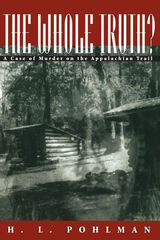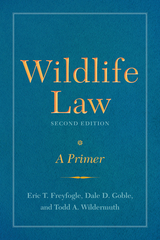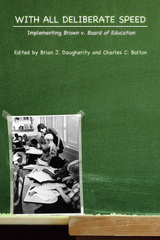After Caliban: Caribbean Art in a Global Imaginary
Duke University Press, 2025
Cloth: 978-1-4780-2887-1 | Paper: 978-1-4780-3213-7 | eISBN: 978-1-4780-6106-9 (standard)
See other books on: Art | Black Studies (Global) | Caribbean Art | Global Imaginary | Social Science
See other titles from Duke University Press
Cloth: 978-1-4780-2887-1 | Paper: 978-1-4780-3213-7 | eISBN: 978-1-4780-6106-9 (standard)
ABOUT THIS BOOK | AUTHOR BIOGRAPHY | REVIEWS | TOC
ABOUT THIS BOOK
In After Caliban, Erica Moiah James examines the rise of global Caribbean artists in the 1990s and their production of a decolonized art history for the Caribbean. She draws on Aimé Césaire’s rewriting of Shakespeare’s The Tempest, in which Caliban becomes the sole author of his own story, dissolving his fixed position as colonized in relation to Prospero as colonizer. James shows how visual artists such as Marc Latamie, Janine Antoni, Belkis Ayón, Edouard Duval-Carrié, and Christopher Cozier followed Césaire’s model by employing a range of practices and methodologies that refused marginalization. Just as Césaire decolonized The Tempest, so too did these artists, who crafted a decolonial aesthetic that redefined their own cultural and historical narratives and positioned art as a key pathway toward a postcolonial future. By providing the foundation for a postcolonial, post-Caliban art world, these artists redefined the critical and popular notion of contemporary Caribbean art. At the same time, James argues, they fulfilled Césaire’s dream for a postcolonial Caribbean while creating a nonhegemonic art historical practice that exists beyond modern binaries and borders.
See other books on: Art | Black Studies (Global) | Caribbean Art | Global Imaginary | Social Science
See other titles from Duke University Press












